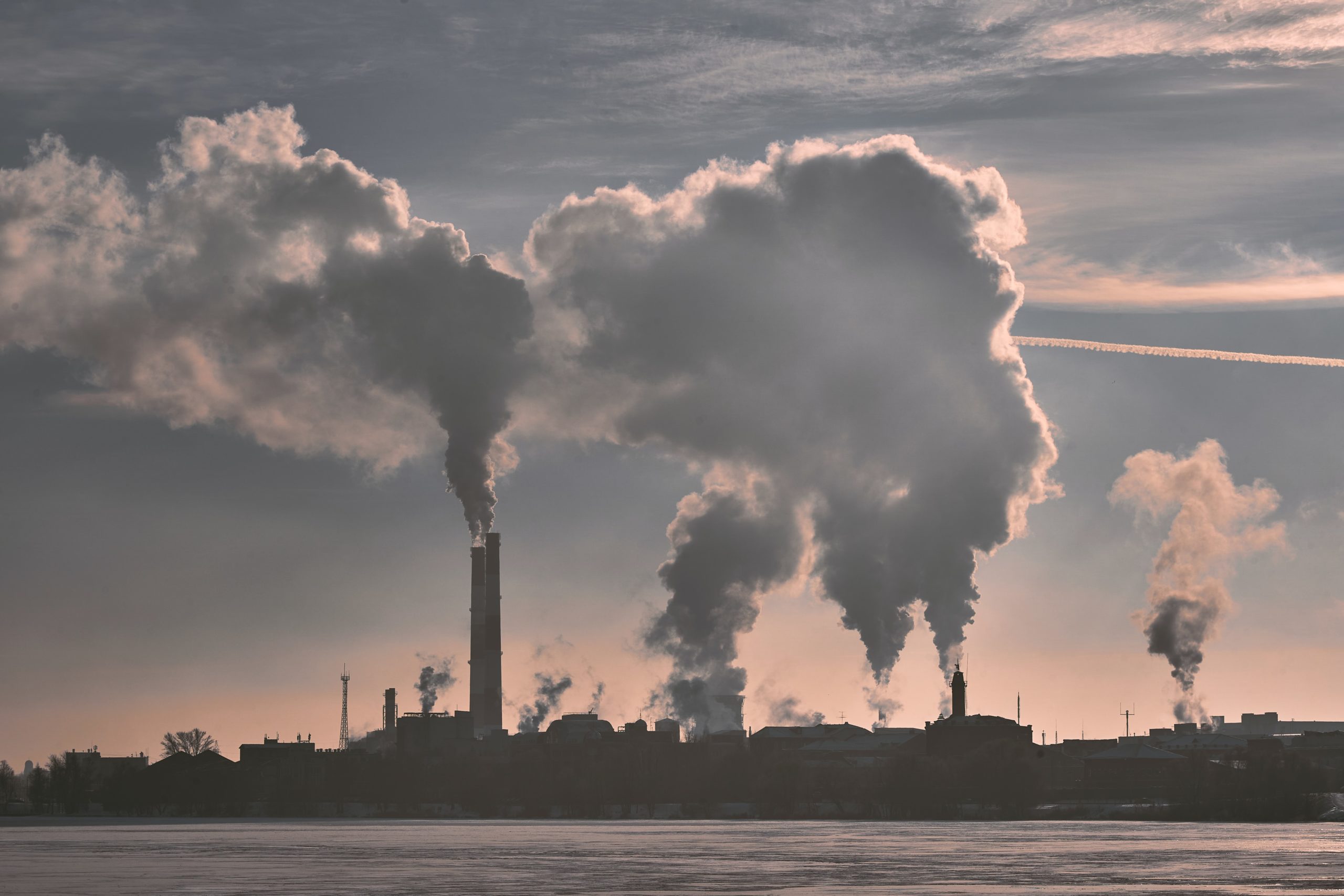Chemistry class
The making of fossil fuels
For thousands of years, plants and animals were born and died, and their remains were naturally buried in the ground. Underground, they received pressure and heat, transforming them into so-called fossil fuels; eventually, they became valuable energy sources, supplying the ever-expanding needs of human beings. Oil, natural gas, and coal are examples of such fossil fuels. They are highly rich in carbon, and burning them returns the originally stored carbon into the air.
Carbon is also naturally present in the atmosphere. It is especially common in the form of the aforementioned carbon dioxide, but also as carbon monoxide, Methane (CH4), and Chlorofluorocarbons (CFC). These gases are vital for our survival, since they absorb some of the heat from the sun that is radiated by the earth’s surfaces. This “greenhouse effect” is what preserves an adequate temperature for the maintenance of life on planet Earth.
Photo: Maxim Tolchinskiy, Unsplash


